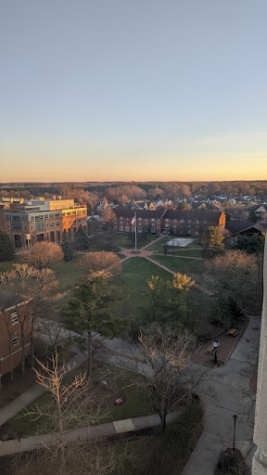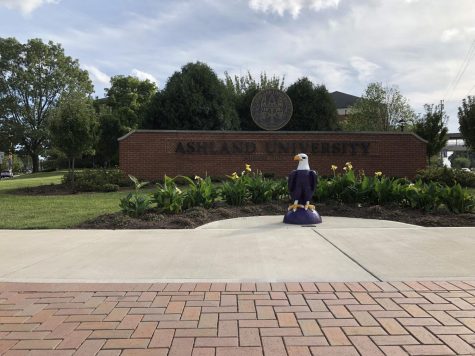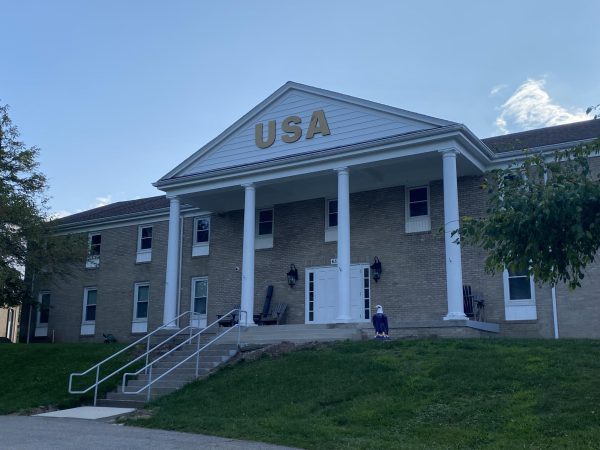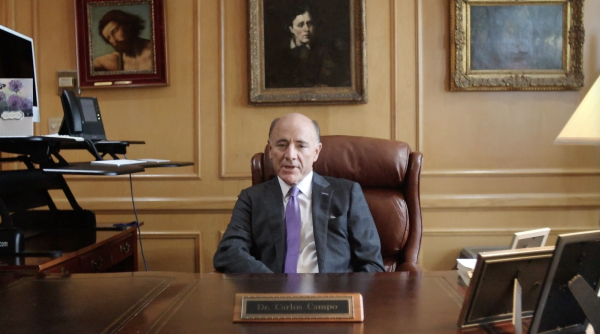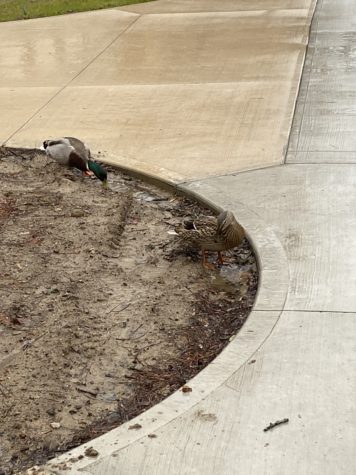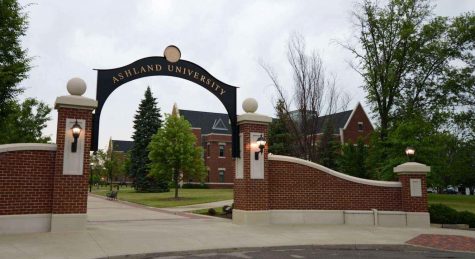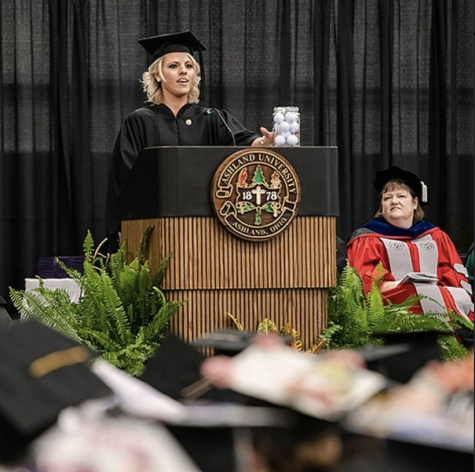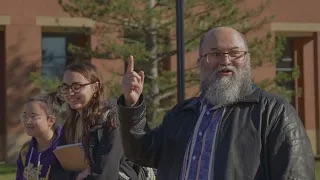AU Center for Nonviolence hosts film discussion
September 25, 2018
The Ashland Center for Nonviolence continued its series called “Who Is My Neighbor” with a screening of the short film and discussion, “The Trail of Hope and Terror” based off the book by Dr. Miguel A. De La Torre.
Dr. Craig Hovey and Dr. Jennifer Rathbun coordinated this educational night in the student center auditorium on Sept. 17. Many students from campus, faculty and the community gathered together to understand the struggle, hear the stories and learn how to help immigrants in our countries.
“Trails of Hope and Terror” is about children who are crossing the border in the southern United States and how a group of Americans are helping them along the way.
With the topic of deportation being popular in the United States today, the Ashland Center of Nonviolence took it into their hands and created this series inspired by the Good Samaritan parable based in the Gospel of Luke.
Dr. Jennifer Rathbun, professor of Spanish here at AU, was one of the organizers for this screening and lead the discussion.
Rathbun wants to educate the community immediately, she said.
“Through the ACN, we are raising awareness throughout the community first hand,” Rathburn said.
Rathbun, whose husband is an immigrant and has children are first generation, is very passionate about this subject.
Churches, in particular, are being used to help immigrant families in desperate times, she said.
“In this day and age, faith-based organizations are being called to action,” Rathbun said. “Many people who are in need of help will find refuge in churches. Most churches will let families stay there are desperate times.”
“Trials of Hope and Terror” mentions a group called No More Death (No Más Muertes) that makes packages of food and necessities, especially water, to help them get through the desert to cross the border. The group fills many jugs and hide them for those traveling can see because Immigration Customs Enforcement, or as we know as ICE, finds and destroys these packages that the group made.
Rathburn also mentioned during the talk “The Devil’s Highway.” It is a road in the Sonoran Desert and she has personal experience being there.
During her time there, there were a record high 14 deaths in the Highway, she said.
This was a common experience for her, Rathburn said.
Dr. Craig Hovey, professor of Religion and Executive Director of Center for Nonviolence, wanted the immigration series to help show its’ history in the United States, he said.
“We must recognize how much immigration is part of our history,” Hovey said.
The majority of our nation was created on the immigration of the Irish, Germans, Italians, Polish and all who entered through Ellis Island in New York, he said.
“Some of the things it did really well that maybe we don’t always focus on it to explain why people are migrating to this country,” Hovey said.
According to the documentary shown, the majority of migrants are women and children who are leaving their violent fathers and husbands. Men migrate to the U.S. to escape from gangs but to mostly find work.
“There are economic opportunities in the U.S. that aren’t present in those countries,” he said.
The United States has had a hand in the destruction of many governments in central and Southern America going back to Teddy Roosevelt and the Spanish-American War, he said.
“The U.S. has played a role in destabilizing lots of those regions in Central America such as the Marines being sent in under Teddy Roosevelt,” Hovey said.
Connecting with immigrants is the first step that we need to take as a country in order to help them when they do come to the United States, he said.
“A way to help the immigrants in our country is to connect people,” Hovey said. “Connecting people is the first thing we need to do.”
The point of this continuing series is to shed a different light on immigration and hopefully spread some understanding throughout communities, he said.
“This whole series is to approach the idea of immigration from a different angle and to understand of it in our communities,” Hovey said.
Both Hovey and Rathbun said they want to see a continuation of this series in the near future to take the next step into educating the community about immigration and to help those immigrants who are in need of it.



